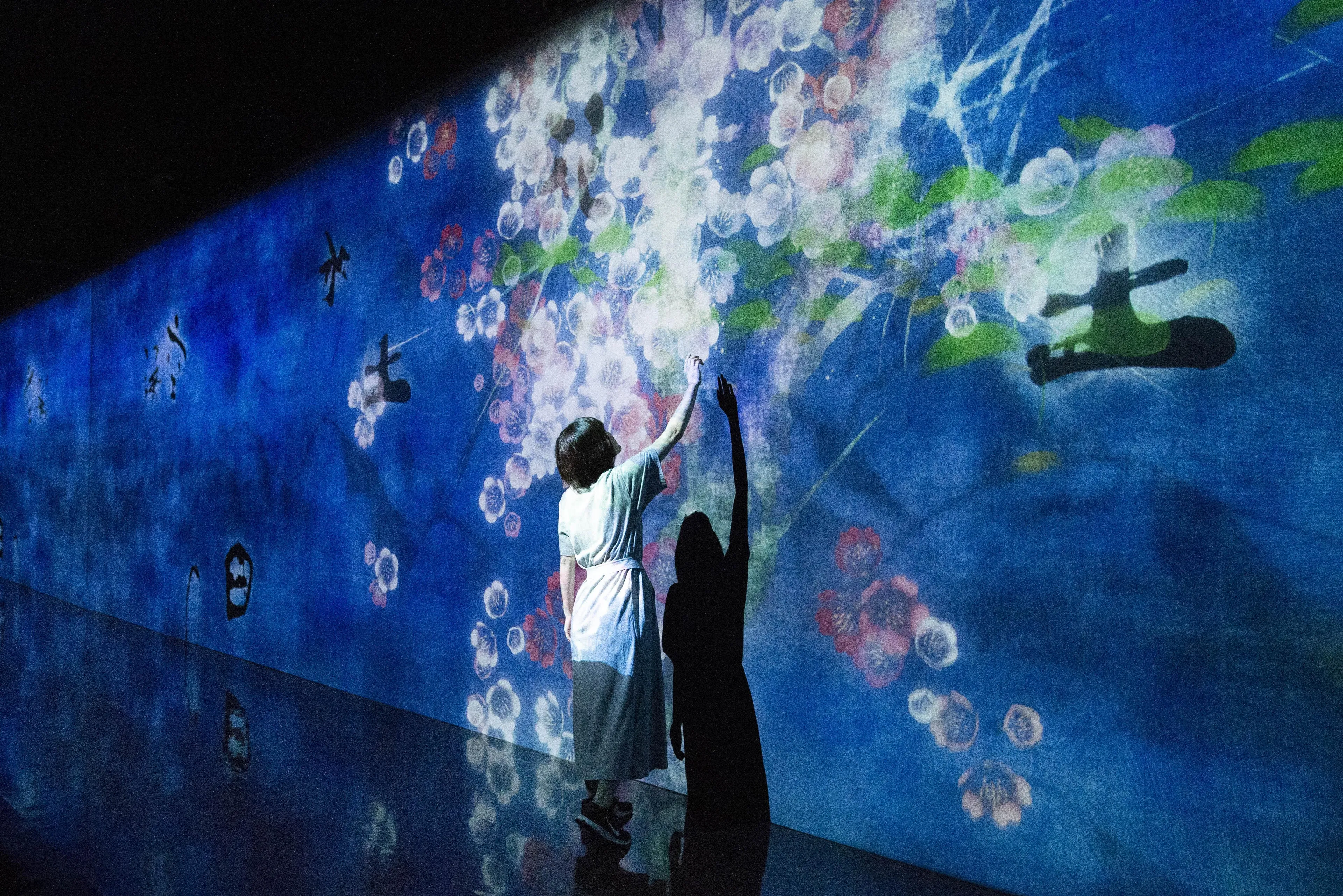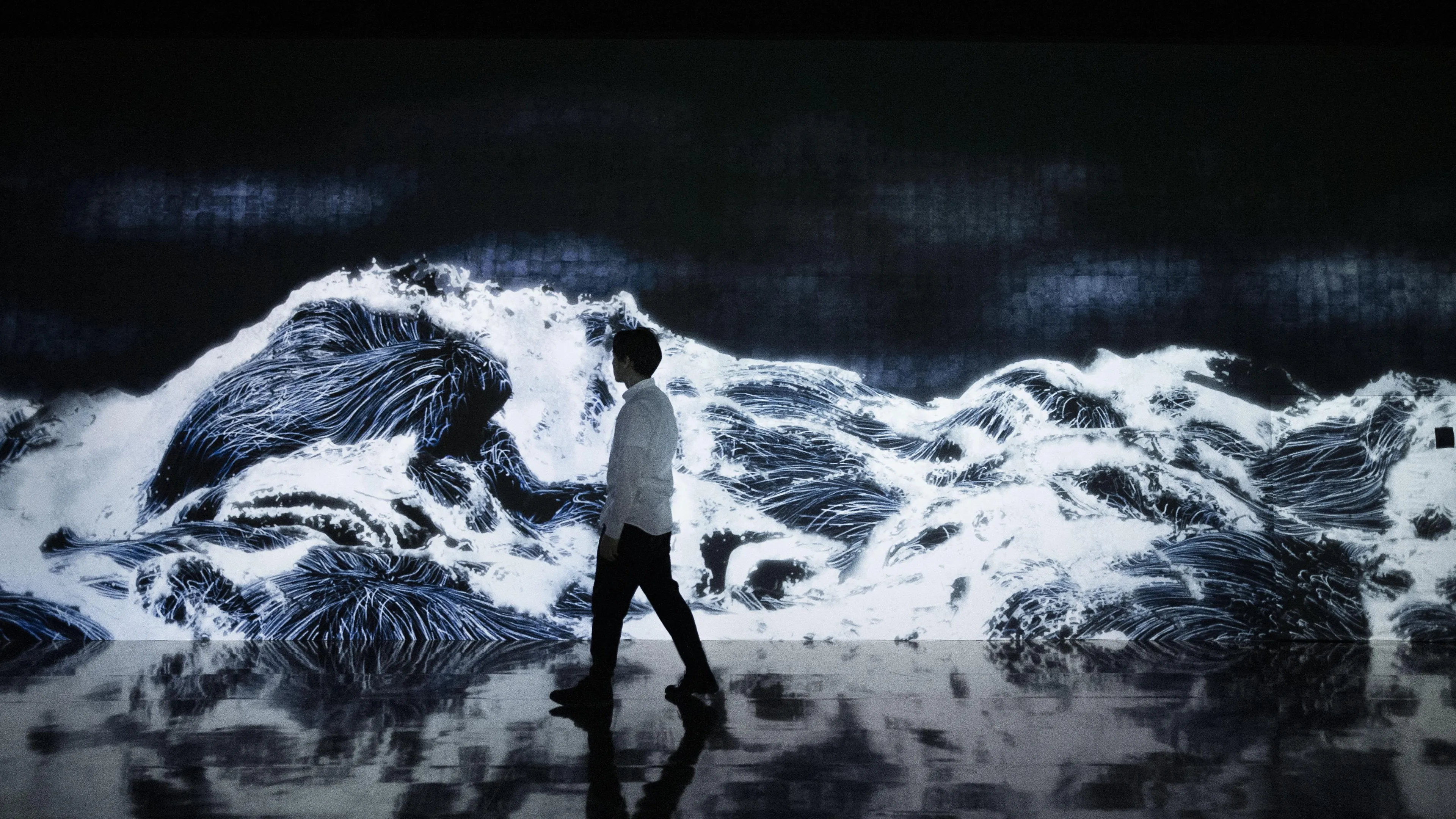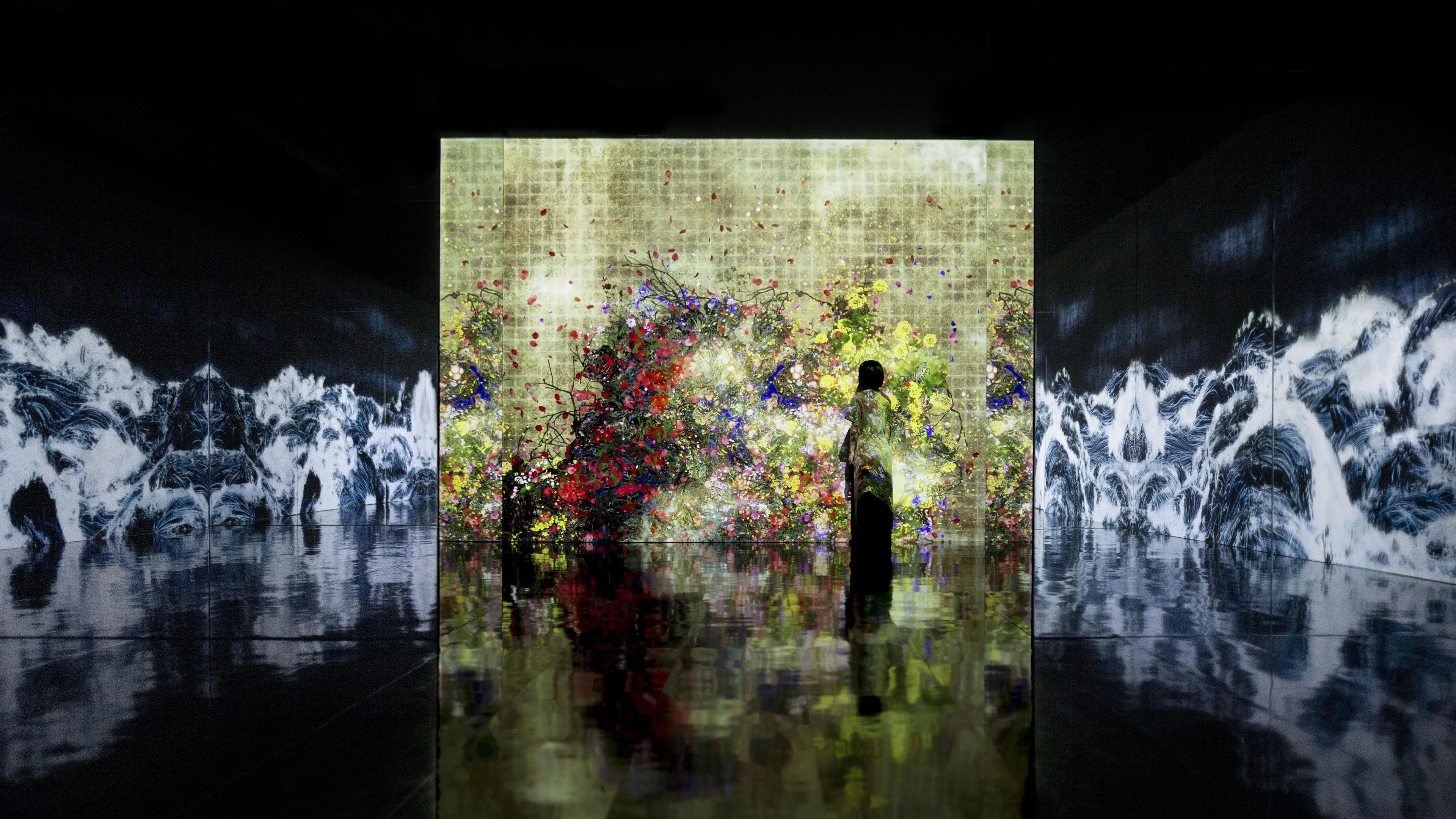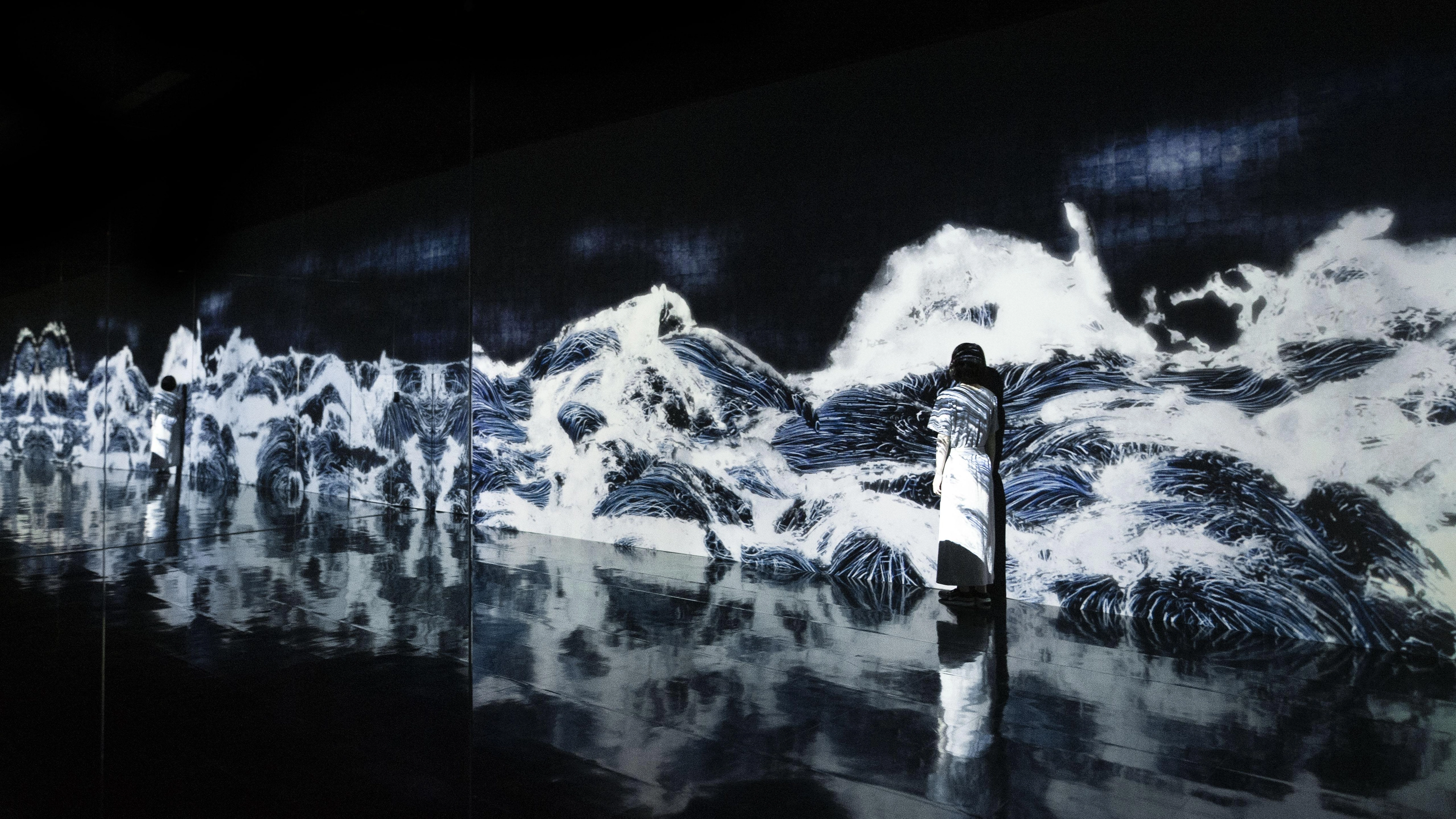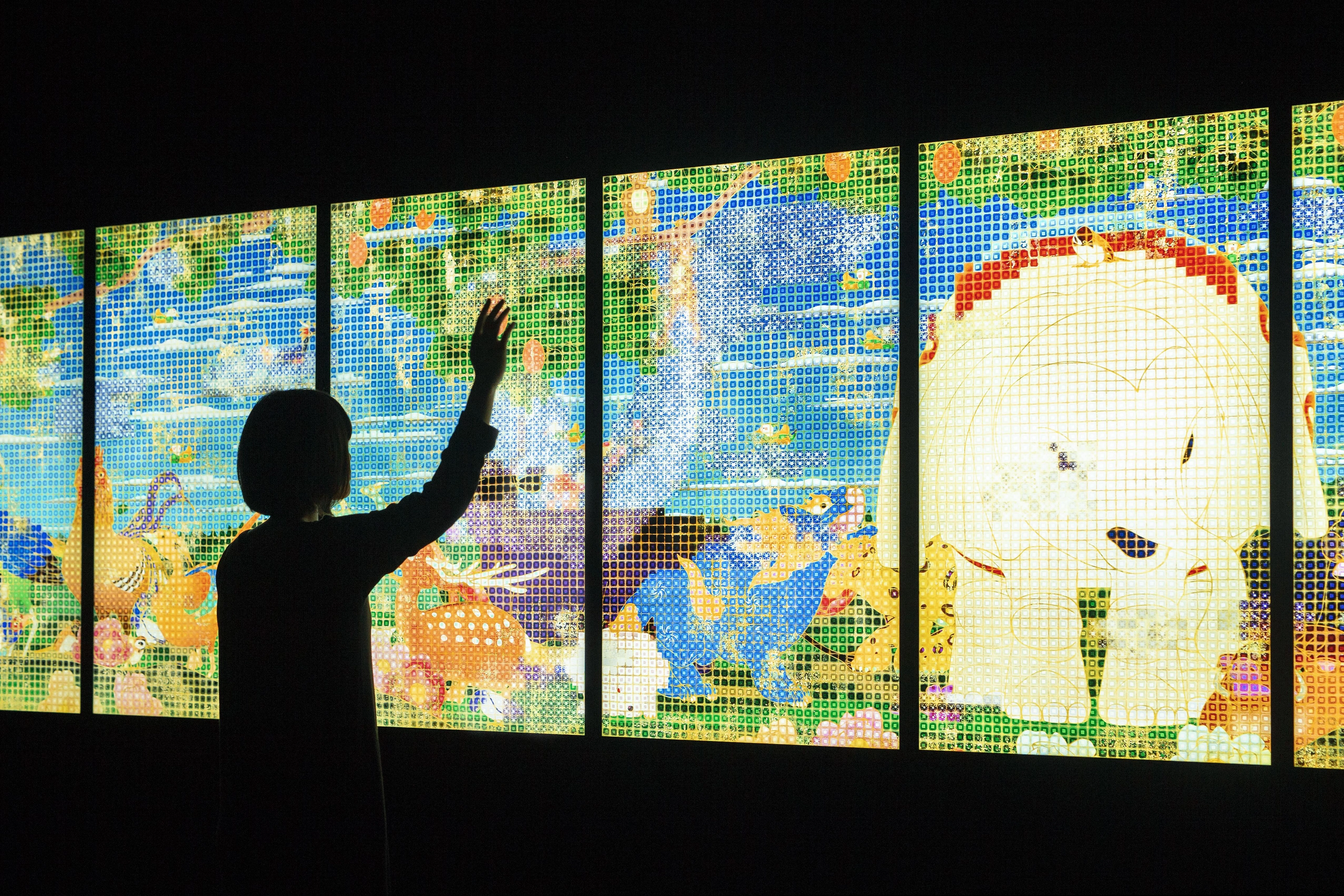teamLab: Born From the Darkness a Loving, and Beautiful World | teamLab
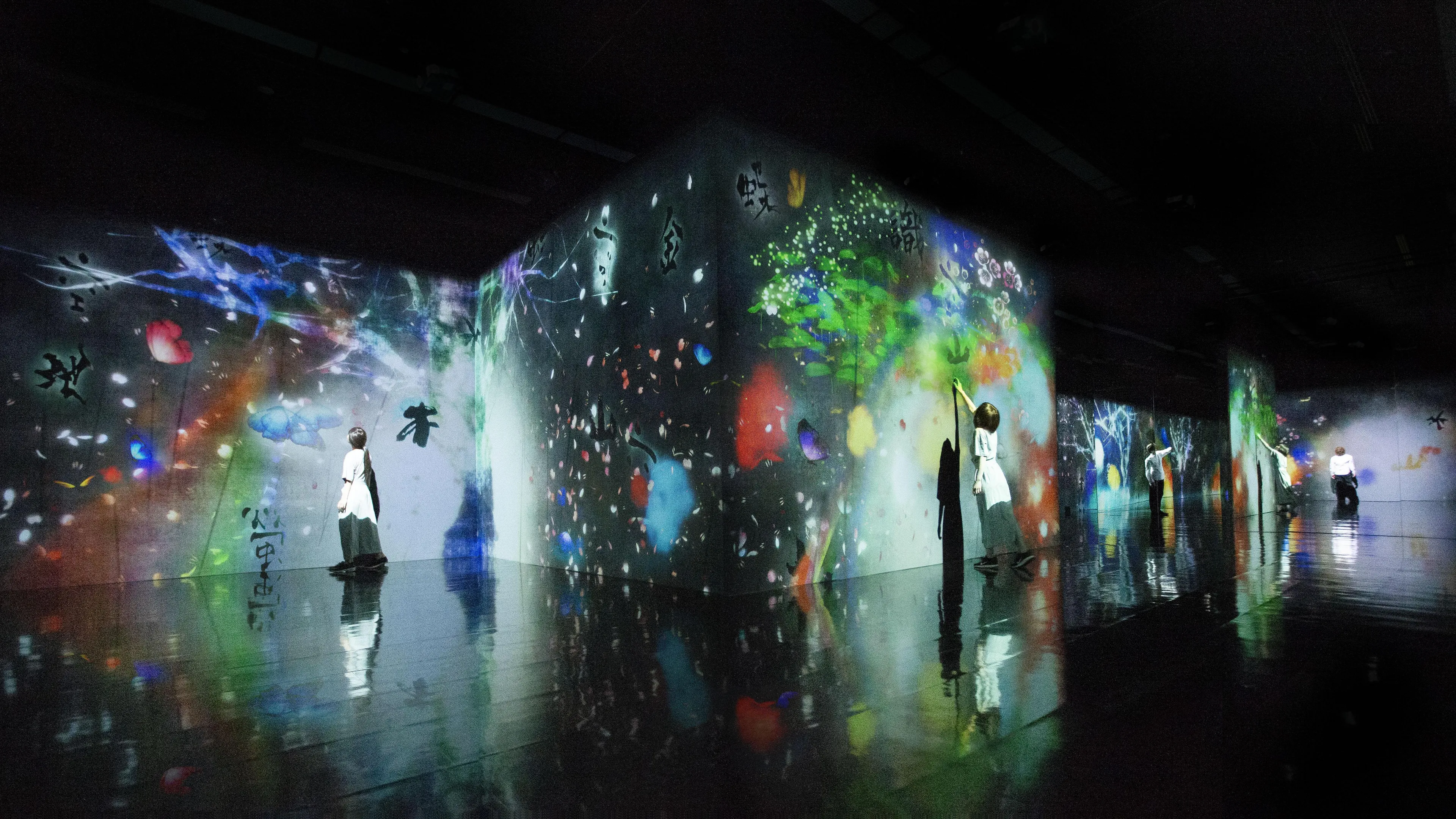
전시 종료
2019.4.20(Sat) - 6.16(Sun)Himeji City Museum of Art, Hyogo

전시 종료
2019.4.20(Sat) - 6.16(Sun)Himeji City Museum of Art, Hyogo
작품
teamLab에 대해
아트 컬렉티브 teamLab은 2001년 활동을 시작했다. 국경을 넘어선 연대 속에 집단 창작의 방식으로 예술, 과학, 테크놀로지 그리고 자연계의 교차점을 학제적 접근으로 모색한다. 아티스트, 프로그래머, 엔지니어, CG 애니메이터, 수학자, 건축가 등 다양한 분야의 전문가들로 구성된 teamLab은 예술을 통해 인간과 자연, 개인과 세계의 새로운 관계를 탐구하고 표현한다.
teamLab은 우리에게 익숙한 모든 경계에 대해 질문한다. 인간은 각자를 둘러싼 바깥 세상을 감각 기관으로 인지해 스스로와 분리하고 낱낱을 경계지어 독립체로 구분하려 한다. 현대 문명은 그런 방식으로 세계를 이해해 왔다. teamLab은 예술을 통해 감각을 확장하고 개인과 세계의 경계, 시간의 연속성에 대한 인지의 경계를 넘어설 수 있다고 믿는다. 이 세계의 모든 것은 광대한 시간 속에, 생명의 끝없는 연속 안에 가까스로, 하지만 기적적으로 존재하고 있다.
teamLab의 작품은 시드니 뉴사우스웨일스 주립 미술관, 애들레이드 사우스오스트레일리아 미술관, 샌프란시스코 아시아 미술관, 뉴욕 아시아 소사이어티, 이스탄불 보루산 현대 미술관, 멜버른 빅토리아 국립 미술관, 헬싱키 아모렉스가 영구 소장하고 있다.
teamlab.art
Biographical Documents
teamLab is represented by Pace Gallery, Martin Browne Contemporary and Ikkan Art.
전시회장 정보
teamLab: Born From the Darkness a Loving, and Beautiful World
기간
2019.4.20(Sat) - 6.16(Sun)
관람 시간
10:00 – 17:00 (Last Entry 16:30)
*From April 27 to May 6
10:00 – 18:00 (Last Entry 17:30)
*From April 27 to May 6
10:00 – 18:00 (Last Entry 17:30)
휴관일
Mondays
*Open April 29 and May 6
*Open April 29 and May 6
관람료
Adult JPY 1,400 (1,200)
High School / University Student JPY 1,000 (800)
Elementary / Junior High School Student JPY 600 (400)
Free for Preschool Children
*Price inside the brackets ( ) applies to Early Bird Tickets.
*Early Bird Tickets are available from Friday, March 8 - Friday, April 19.
*Early Bird Ticket pricing applies to groups of more than 20 people.
Tickets are available at:
- Himeji City Museum of Art
*Only General Tickets (not Early Bird Tickets) are available onsite.
- Ticket Pia (P code : 992-130)
- Lawson Ticket (L code: 53564)
- Seven Eleven
- e+
- Major Play Guide (e.g. CN Play Guide)
- Convenience Stores
*Early Bird Tickets are available from Friday, March 8 - Friday, April 19.
*Both General Tickets and Early Bird Tickets are available.
High School / University Student JPY 1,000 (800)
Elementary / Junior High School Student JPY 600 (400)
Free for Preschool Children
*Price inside the brackets ( ) applies to Early Bird Tickets.
*Early Bird Tickets are available from Friday, March 8 - Friday, April 19.
*Early Bird Ticket pricing applies to groups of more than 20 people.
Tickets are available at:
- Himeji City Museum of Art
*Only General Tickets (not Early Bird Tickets) are available onsite.
- Ticket Pia (P code : 992-130)
- Lawson Ticket (L code: 53564)
- Seven Eleven
- e+
- Major Play Guide (e.g. CN Play Guide)
- Convenience Stores
*Early Bird Tickets are available from Friday, March 8 - Friday, April 19.
*Both General Tickets and Early Bird Tickets are available.
오시는 길
주소
Himeji City Museum of Art
Special Exhibition Gallery
68-25 Honmachi, Himeji City, Hyogo, Japan 670-0012
Special Exhibition Gallery
68-25 Honmachi, Himeji City, Hyogo, Japan 670-0012
From JR Sanyo Electric Railway Himeji Station
Take Shinki bus [No. 3, 4, 5, 61, 62, 64, 81, 82, 84, 86] from platform 7 or 8
After approx. 8 minutes, get off at [Himeyama Park South, Medical Center, Himeji City Museum of Art] station.
20 minute walk from JR Sanyo Electric Railway Himeji Station.
For more information, please see here.
Take Shinki bus [No. 3, 4, 5, 61, 62, 64, 81, 82, 84, 86] from platform 7 or 8
After approx. 8 minutes, get off at [Himeyama Park South, Medical Center, Himeji City Museum of Art] station.
20 minute walk from JR Sanyo Electric Railway Himeji Station.
For more information, please see here.
주최자
Himeji City Museum of Art
THE KOBE SHIMBUN
SUN TELEVISION CO .,LTD.
TAKEDA PRINTING CO.,LTD.
THE KOBE SHIMBUN
SUN TELEVISION CO .,LTD.
TAKEDA PRINTING CO.,LTD.
협찬
Kajima Corporation
후원
RADIO KANSAI LTD.
근처의 전시

Spatial Calligraphy, Reversible Rotation and Crane - Itami Blue Light, Day & Night
2019.7.24(Wed) - 상설
Osaka International Airport (Itami) SAKURA LOUNGE, Osaka
Public Art
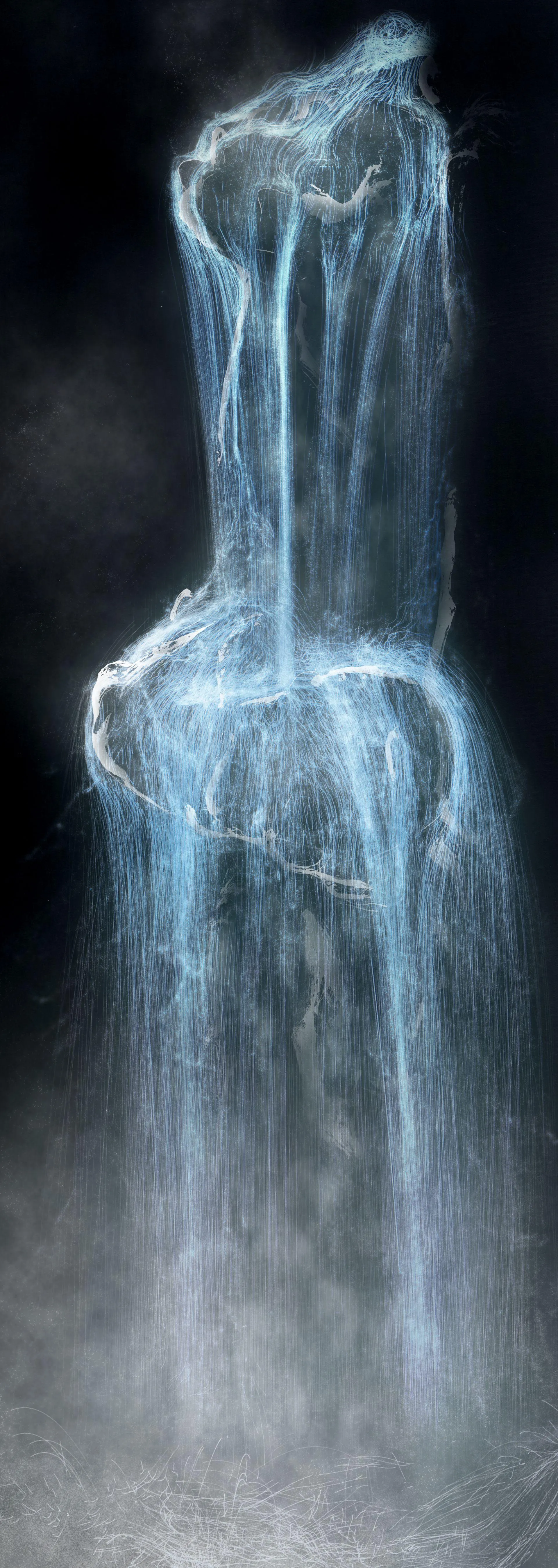
Universe of Water Particles
2015.7.24(Fri) - 상설
DOJIMA RIVER FORUM, Osaka
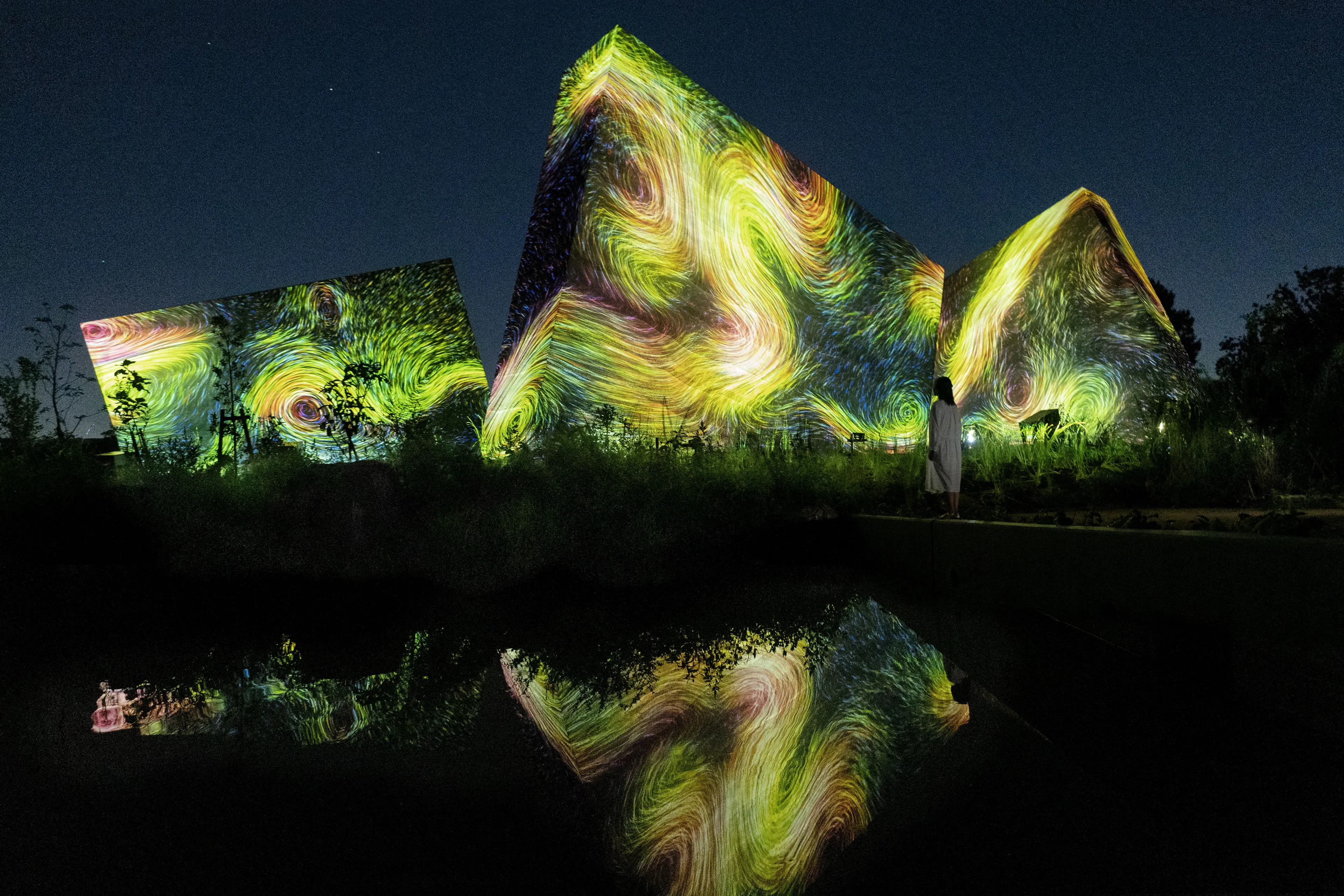
teamLab Botanical Garden Osaka
2022.7.29(Fri) - 상설
Nagai Botanical Garden, Osaka
teamLab Open Air Museum
